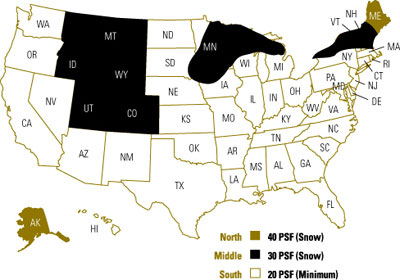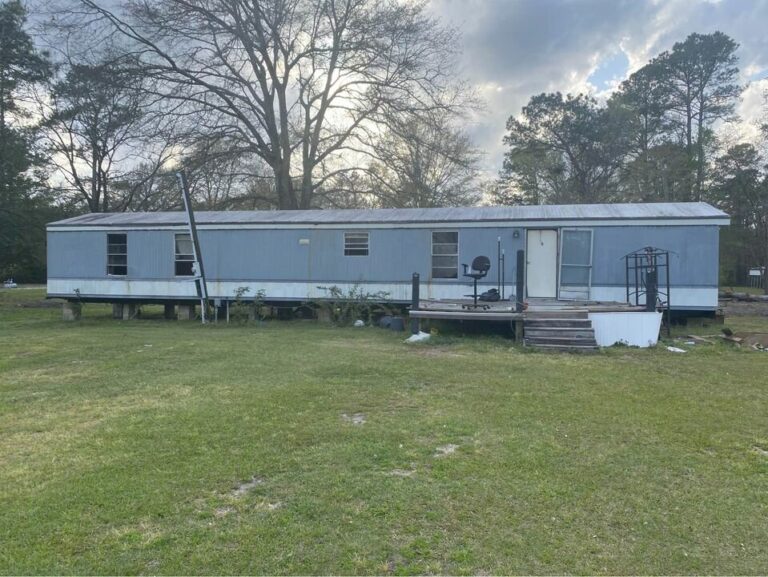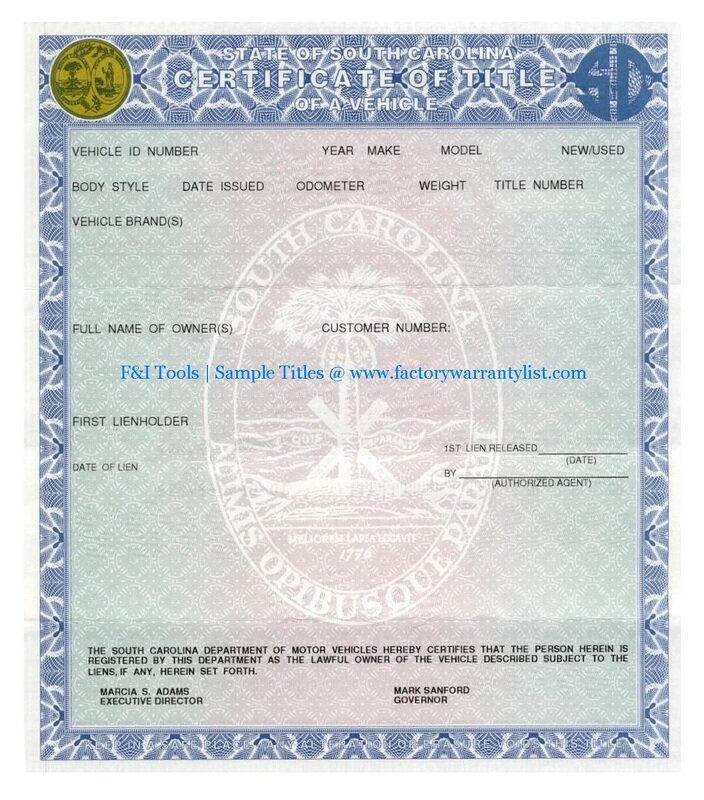Mobile homes gained significant popularity in recent years, thanks to their affordability and convenience. For a lot of people, it can be a better alternative to traditional homes. But before jumping on the mobile home bandwagon, you need to know about the requirements of building a mobile home. Like any structure, a strong foundation is essential for a mobile home’s longevity and durability. Although mobile homes are pre-manufactured, they still require a foundation laid at the mobile home site, providing the home stability.
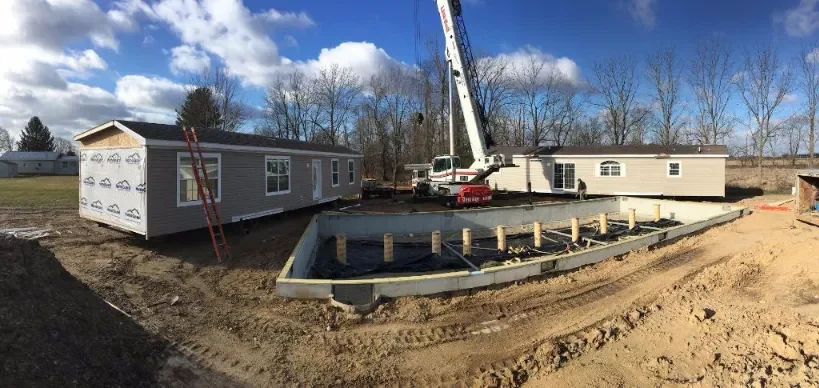
Mobile homes need to follow specific foundation requirements and those regulations vary from state to state.
In this post, I’ll talk about the foundation requirements of mobile homes in South Carolina.
Let’s dive in.
Does South Carolina Require Foundation For Mobile Homes?
The short answer to “Does South Carolina require a foundation for mobile homes?” – is yes. But some factors come into play. Mobile homes are required to follow the manufacturer’s installation instructions.
However, mobile home owners can go for unusual installation designs if a licensed architect or an engineer approves it. Mobile homes usually come with instructions for foundation systems designed by professional architects or engineers to ensure maximum durability and safety of the home.
Foundation Requirements For Mobile Homes
Mobile homes in South Carolina need to follow certain regulations for their foundations. Those regulations include:
- System support spacing must be along with the manufacturers’ instructions unless a professional architect or an engineer designs the whole support system.
- Footings must be sized to support the loads specified in the manufacturer’s instructions. In case the instructions aren’t specified, the footings should be appropriately sized to support all the dead and alive loads or any concentrated loads.
The supports need to be less than two feet from the exterior end of the wall. And they need to be installed under the chassis of the mobile home.
The footing for the foundation should be at least 144 square inches of, block, solid concrete, and other materials approved by the housing board.
- Piers needs to be designed to distribute the load evenly. Piers shorter than 3 feet shall be built using specific materials that consist of modular units, each measuring 8 inches by 16 inches in dimensions.
Piers constructed with a single layer of these modular units must be positioned with the longer 16-inch side perpendicular to the primary structural element. They’ll also be covered with 2 inches by 8 inches by 16 inches concrete or wood cap.
Piers must be between 36 inches to 80 inches tall. Any corner posts taller than three blocks must have extra blocks added, locked together, and covered with a solid piece of concrete measuring 4 inches by 16 inches by 16 inches.
Piers over 80 inches in height need to be laid in steel-enforced bars and concerted mortar rather than block filled with concrete.
- Anchors for the foundation must be able to handle at least 3,150 pounds of loans and a 50% overload.
The anchors require specification data showcasing the soil classifications. Anchors with multiple connections should be able to handle the combined workload with a 50% overload.
The type of anchor used will depend on the type of soil and they need to be installed to the depth specified by the manufacturer’s instructions.
- Ties need to be fastened with ground anchors and be able to handle at least 3,150 pounds of loans with a 50% overload. They also need to comply with weathering requirements.
Ties must join the ground anchor and the main steel frame (like an I-beam) underneath the manufactured home. Don’t connect ties to steel outrigger beams unless instructed by the manufacturer. To link the cable frame tie to the I-beam, use a 5/8 inch closed-eye bolt through a hole in the center of the I-beam. Secure cable ends with at least 3 U bolt-type cable clamps, with the U part on the short end of the cable.
Vertical ties should be evenly spaced over rafters or studs, with no more than eight feet of spacing on each end. For special cases like clerestory roofs, provide vertical ties at exposed ends. If using strapping as an alternate method, wrap it around the home under the main frame, and fasten the ends tightly.
Anchoring gear should prevent self-disconnection when ties are slack. Avoid open hook ends. Anchoring equipment exposed to weather must resist deterioration equivalent to zinc coating of 0.30 ounces per square foot on each side. This is assessed as per ASTM Standard Methods.
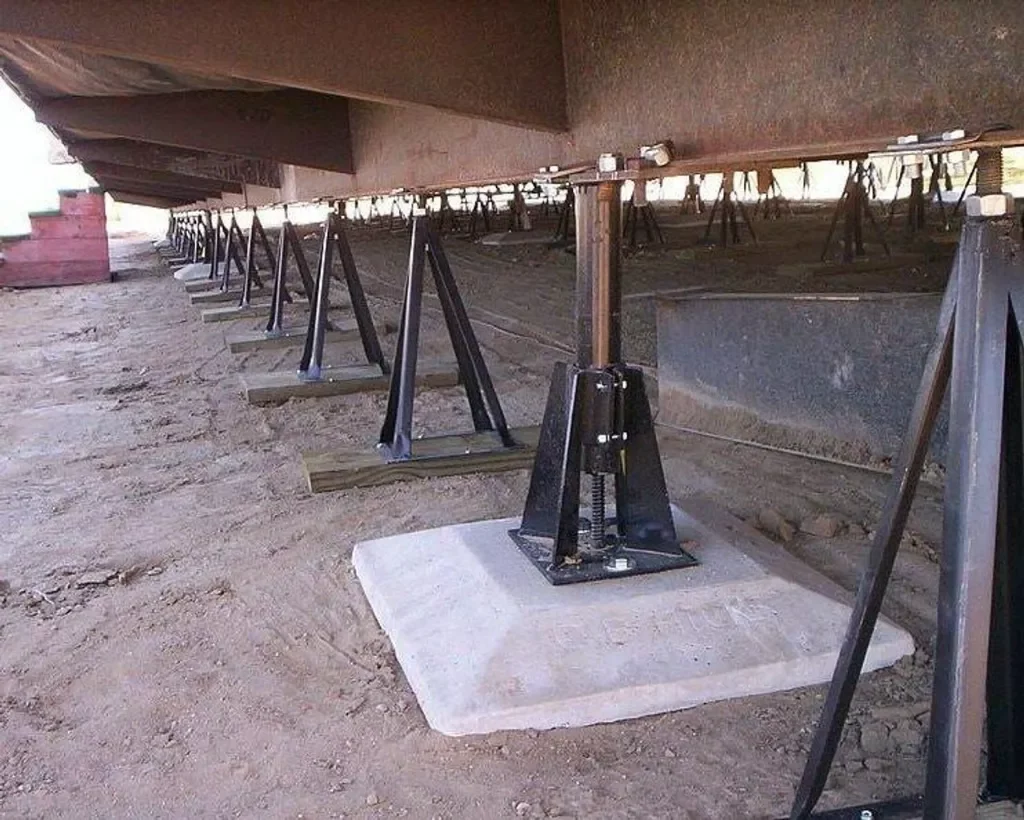
To Wrap It Up
South Carolina requires you to have a foundation for your mobile homes. And they also have regulations and instructions for the foundation for the safety and longevity of the home. This post helps you understand the requirements simply by simplifying the technical legal jargon.

